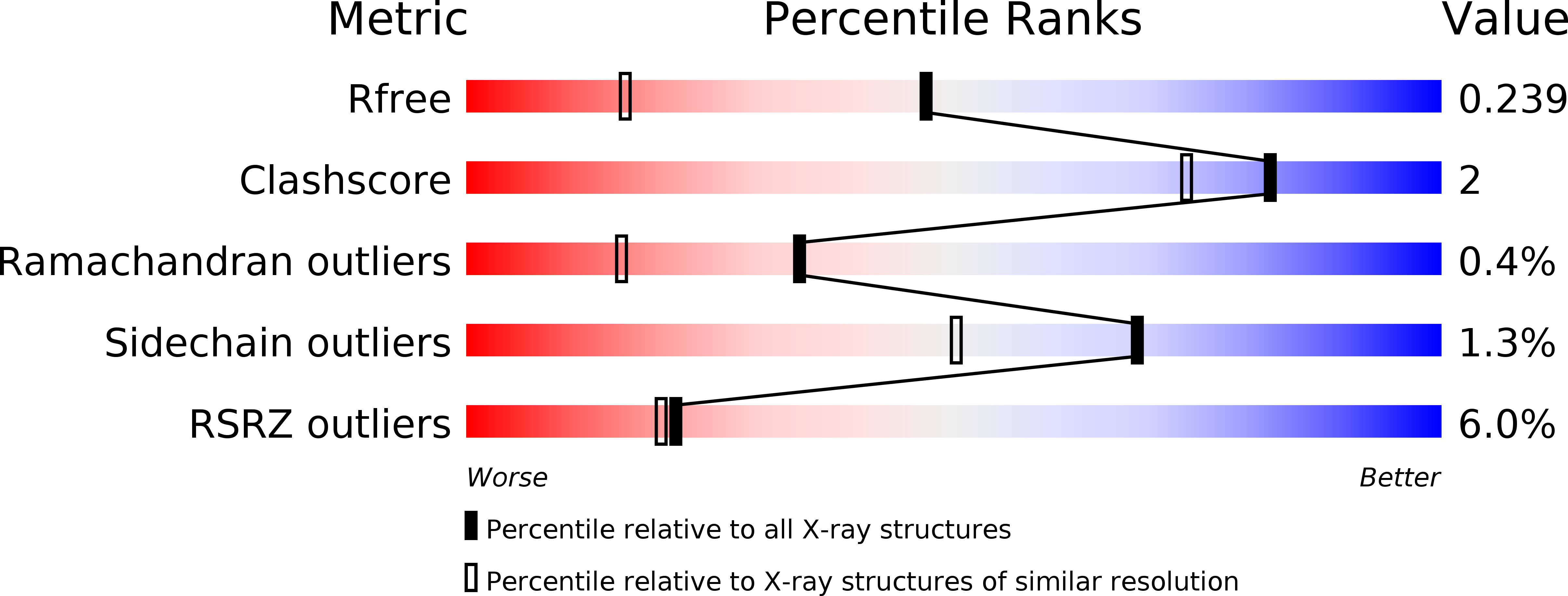
Deposition Date
2011-04-26
Release Date
2011-12-21
Last Version Date
2024-10-16
Entry Detail
PDB ID:
3ROK
Keywords:
Title:
Crystal structure of human CD38 in complex with compound CZ-27
Biological Source:
Source Organism:
Homo sapiens (Taxon ID: 9606)
Host Organism:
Method Details:
Experimental Method:
Resolution:
1.65 Å
R-Value Free:
0.20
R-Value Work:
0.17
R-Value Observed:
0.18
Space Group:
P 1


